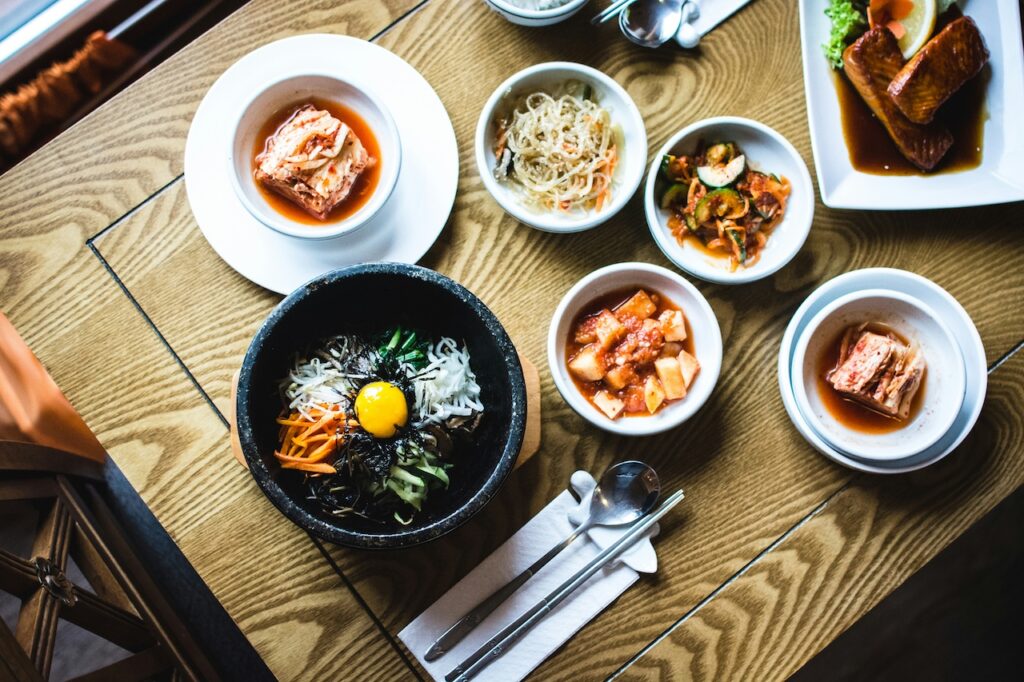

South Korea is a fascinating mix of modernity and tradition, making it an exciting destination. There are various attractions here to delight different kinds of visitors. Seoul is home to ancient palaces and bustling food markets, while the stunning islands of Jeju and Nami have some gorgeous beaches.
Before traveling to South Korea, ensure your passport is up to date and check for visa requirements. To know more about these and more, read our guide for everything you need to know about traveling to South Korea, a gem in East Asia.

You’re going to need a passport to enter South Korea. Check that your passport is valid for at least six months beyond your intended stay. Depending on your nationality, a visa is also required to enter the country. Some nationalities, such as those holding American, Canadian, and British passports, can enter South Korea visa-free and stay for up to 90 days.
You need to apply for the appropriate visa for those who plan to stay longer for purposes other than tourism. For instance, if you’re coming to study, then a student visa is what you need. Remember – the first step to planning your trip to South Korea is to get your passport and visa sorted. That way, you can ensure a smooth entry into the country.


What is the best time to visit South Korea?
Spring (April-June) and autumn (September-November) are the best times to visit South Korea. The spring season is very picturesque, especially with blooming cherry blossoms and trees turning gold in various parks and mountains. The temperatures are pleasant during these seasons, making outdoor activities possible. Summer is dry and humid, while winter is freezing. Some places have snow, ideal for skiing and other winter sports. If you plan your visit in the spring or autumn, you will enjoy stunning natural beauty and a mild, comfortable climate.
What is the best way to get around South Korea?
The best way to get around South Korea is to use its efficient public transportation system, including subways and buses. There are also more advanced trains called KTX. Cities like Seoul and Busan have efficient train systems, perfect for getting around and visiting their top attractions. If one intends to travel longer distances, you can use KTX, which takes passengers from one major city to another in comfort and speed. Taxis are also relatively easy to find, although you may need to communicate with the driver in Korean.
What language is spoken in South Korea?
The official language spoken in South Korea is Korean. It is written in the Hangul script, with 14 basic consonants and 10 basic vowels. While many South Koreans, especially in urban areas, are fluent in English, not everyone can communicate in English. Learning just a few basic Korean phrases will make your travels much easier, facilitating easy communication with the locals.